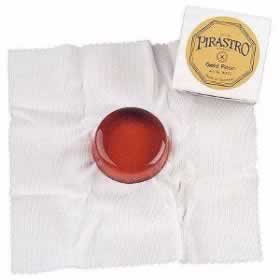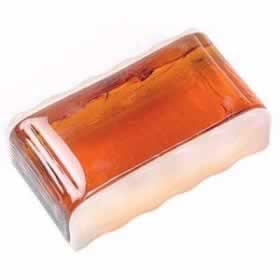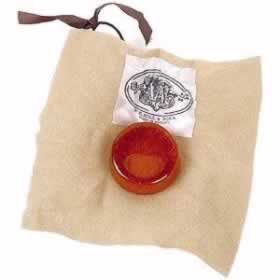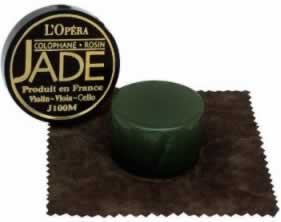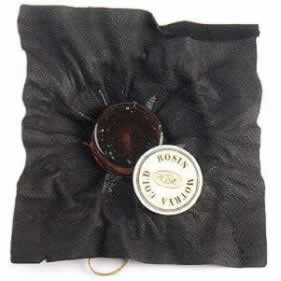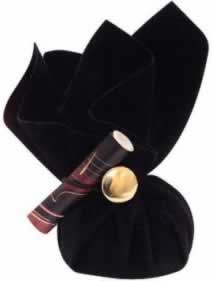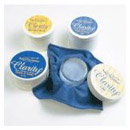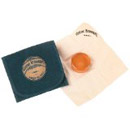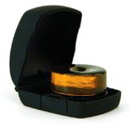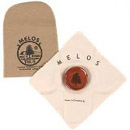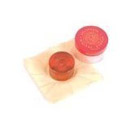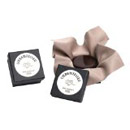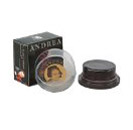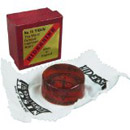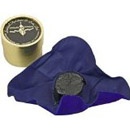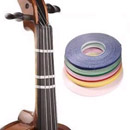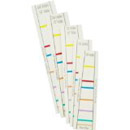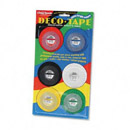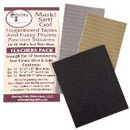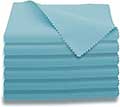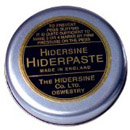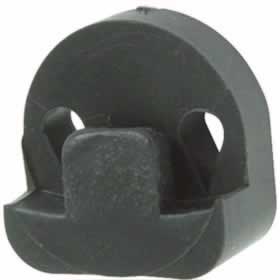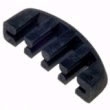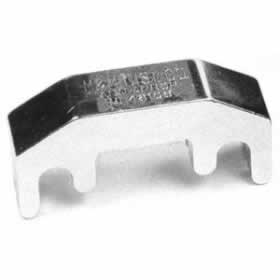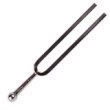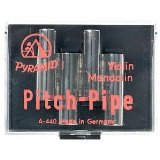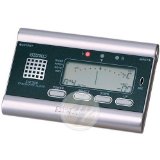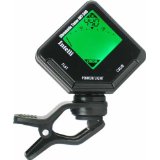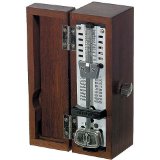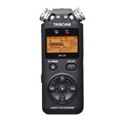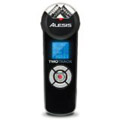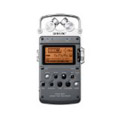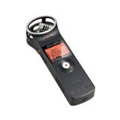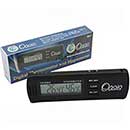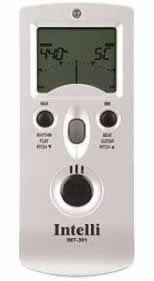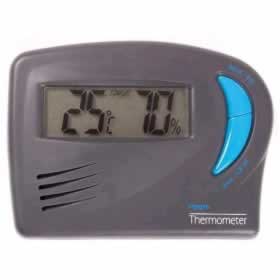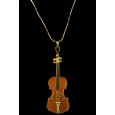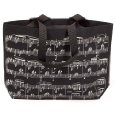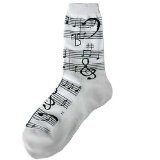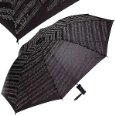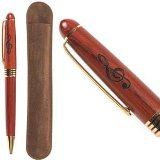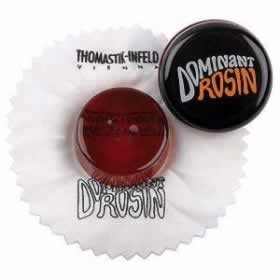 |
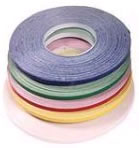 |
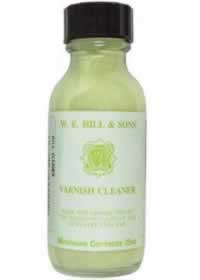 |
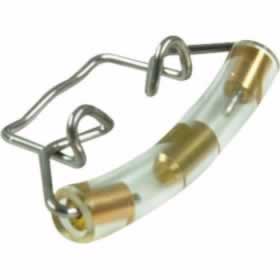 |
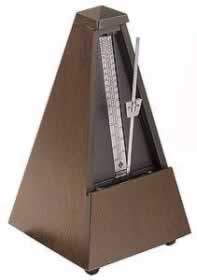 |
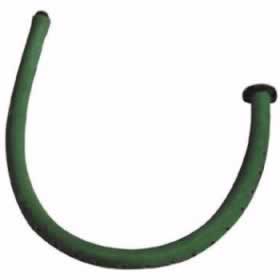 |
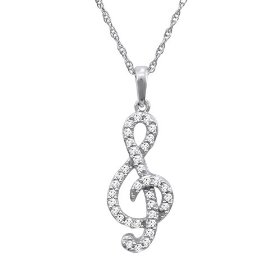 |
|---|---|---|---|---|---|---|
ROSIN Rosin provides the bow hair with friction in order to produce a sound when the bow is pulled across the viola strings. Without rosin, the bow will slide across the string and produce a faint whispery sound (or no sound at all). Rosin is generally shaped in round or oblong shapes. A good rosin will enable the bow to grip the string without sounding too rough or coarse. Although most violists use a light colored rosin, some prefer a dark color (dark is softer & often more coarse). You may want to try several brands until you find the rosin you like best. Visit our Rosin & Sound page for an explanation of how to use rosin.
FINGERBOARD TAPE To assist beginning violists, some viola teachers use thin strips of colored tape to temporarily mark where students should place their fingers on the viola fingerboard. Teachers often use a variety of different tapes such as pre-cut strips of graphic arts tape (e.g. 1/8"); auto detailing pinstripe tape; commercial instrument tape; or they cut thin strips of tape using masking, painting, vinyl or electrical tape. For pictures and additional fingering assistance, visit our Finger Placement page. Once these tapes are removed, the sticker residue may need to be cleaned from the fingerboard using an instrument cleaner such as Fiddlebrite.
VIOLA POLISH To clean your viola, all that is generally needed is a dry, lint-free cloth to wipe rosin from your strings after each playing session. Although polish is rarely necessary, there may be times when you need to clean your viola. The following commercial viola polish is formulated for stringed instruments and can be used to clean and polish your viola. It’s important to never use commercial furniture polish and/or water to clean your viola (doing so could damage the varnish and acoustics of the viola). For additional viola care suggestions, visit our Instrument Care page.
PEG COMPOUND & PEG DROPS Peg compound can be used to help lubricate sticking pegs (pegs that stick and are difficult to turn). Peg compound will not only lubricate the peg, but will also provide enough friction so the peg will not slip. For slipping pegs, some violists use either peg compound or another product called peg drops (peg drops, also known as peg grip are used solely for slipping pegs). When using any of these products, do so sparingly because a residue can build up over time (some violists avoid these products). Before using peg compound or peg drops, you may want to try the following: If your pegs are slipping on your viola, try pushing the peg in securely while turning the peg firmly to keep it from slipping. If you need a temporary quick fix for slipping or tight pegs, some viola teachers use these tips: for sticking pegs, pull the peg partially out, and rub pencil graphite on the sticking part of the peg. For loose pegs, pull the peg partially out, and rub birthday candle wax on the peg to help it stick (some teachers recommend chalk or rosin to help pegs stick, but these substances are abrasive). If you’re still having problems with your pegs, you may need to take your viola to a viola maker or music repair person to replace or reshape the pegs.
MUTES Mutes are devices placed upon the viola bridge to dampen or mute the sound of the viola. Violists generally use two types of mutes:
1) Mutes for passages of music which call for a muted sound (composers use thesemuted passages for special effects or a contrast of sound).
2) Practice mutes which significantly reduce the sound of the viola (so violists can practice and not bother others nearby).
TUNERS & METRONOMES When tuning a viola, most violists use a tuning fork to tune the open A string, then tune the rest of their strings by ear. Many beginning violists find it easiest to tune using a digital tuner. Reference pitches are used to tune each open string. Some tuners also use pitch recognition to help the violist tune their instrument (a needle moves until the note being tuned matches the reference pitch). Visit our Tuning Page for additional tuning suggestions. As the various products below indicate, some tuners also include metronomes (hybrid products). A metronome can be useful when practicing to help maintain a consistent, steady rhythm, as well as experiment with new tempos.
HUMIDIFIERS Violists often monitor the humidity in their case and/or room with a hygrometer, and if needed, use a humidifier (excessive dryness or too much moisture can damage musical instruments).
*Music Store Disclaimer: Products listed on this site are sold by outside vendors. Users are advised to carefully investigate the individual store return policies of all online purchases they make. Although we have an affiliate referral relationship with Amazon and SheetMusic Plus and also display Google ads, we do not own or control outside stores selling products accessed through this site, and are not responsible or liable for their store policies or the quality of their merchandise. Violinonline.com is a participant in the Amazon Services LLC Associates Program, an affiliate advertising program designed to provide a means for sites to earn advertising fees by advertising and linking to Amazon.com. The Amazon logo is a trademark of Amazon.com, Inc. or its affiliates.



